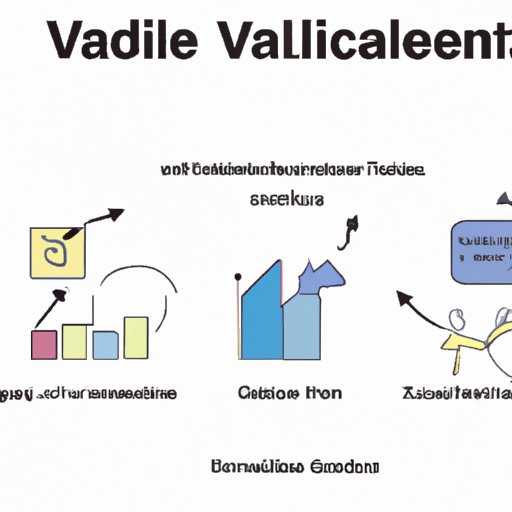Introduction
When it comes to buying or selling a business, valuing the business is an important step in the process. Valuation is the process of determining the economic value of a business. It involves analyzing the company’s financial performance, estimating future cash flows, and comparing the business to similar companies. This article will provide a step-by-step guide to valuing a retail business for sale.
Research the Industry
Before beginning the valuation process, it is important to understand the size, growth, and health of the retail sector. Researching industry trends can provide insight into the current state of the market, as well as potential opportunities for growth. Understanding the industry can help you determine whether the business is in a good position for sale.
Assess Company’s Financial Performance
The next step is to analyze the company’s financial performance. This includes looking at the balance sheets, income statements, and cash flow statements from the past few years. This information can provide insight into the company’s profitability and financial health. It can also give you an idea of the company’s potential for growth in the future.
Determine Business Value Drivers
In addition to analyzing the company’s financial performance, it is important to evaluate other factors that could affect the value of the business. These include the customer base, brand reputation, location, and operational efficiencies. All of these factors can have an impact on the company’s ability to generate revenue and grow in the future.
Estimate Future Cash Flows
Once you have evaluated the company’s financial performance and value drivers, the next step is to project the business’s future cash flows. This involves making assumptions about the company’s future revenues and expenses. Then, you can discount these future cash flows to their present value, which is the amount of money the business would be worth today.
Consider Intangible Assets
Intangible assets are often overlooked when valuing a business, but they can have a significant impact on the value of the company. These include patents, trademarks, and customer relationships. Calculating the value of these assets can help you get a more accurate estimate of the company’s worth.
Compare to Similar Businesses
Another important step in the valuation process is to compare the company’s financial performance and value drivers to those of comparable businesses. This can provide valuable insight into the company’s competitive position and potential for growth.
Use a Valuation Method
Finally, select an appropriate valuation method based on the type of business and the information available. The most common methods include the discounted cash flow method, the market multiple method, and the asset-based approach. Each method has its own advantages and disadvantages, so it is important to select the one that best fits the circumstances.
Conclusion
Valuing a retail business for sale is a complex process that requires careful analysis and research. This article provides a step-by-step guide to the process, including researching the industry, assessing the company’s financial performance, estimating future cash flows, considering intangible assets, comparing to similar businesses, and selecting a valuation method. By following these steps, you can get a better understanding of the value of the business.
(Note: Is this article not meeting your expectations? Do you have knowledge or insights to share? Unlock new opportunities and expand your reach by joining our authors team. Click Registration to join us and share your expertise with our readers.)
